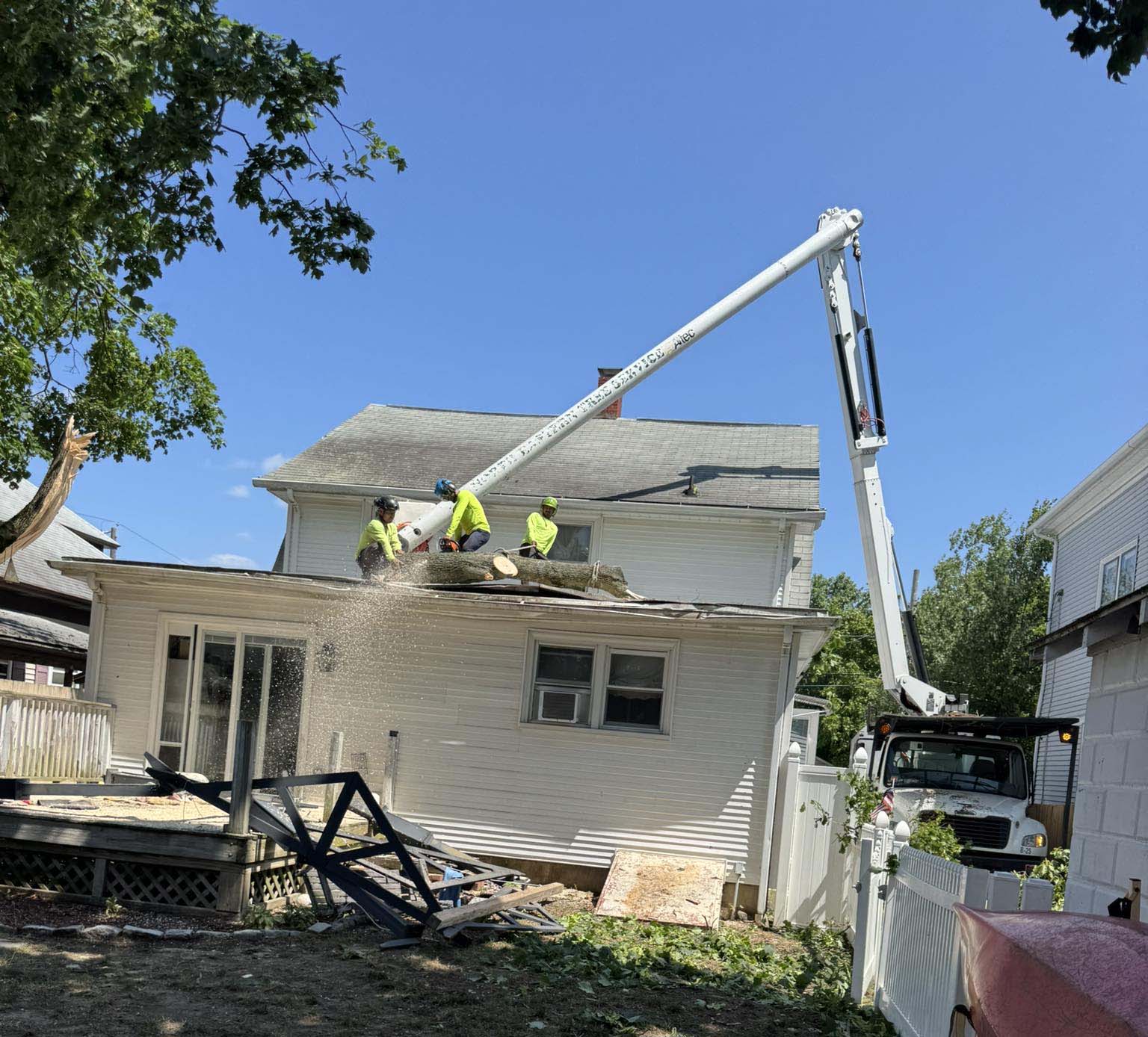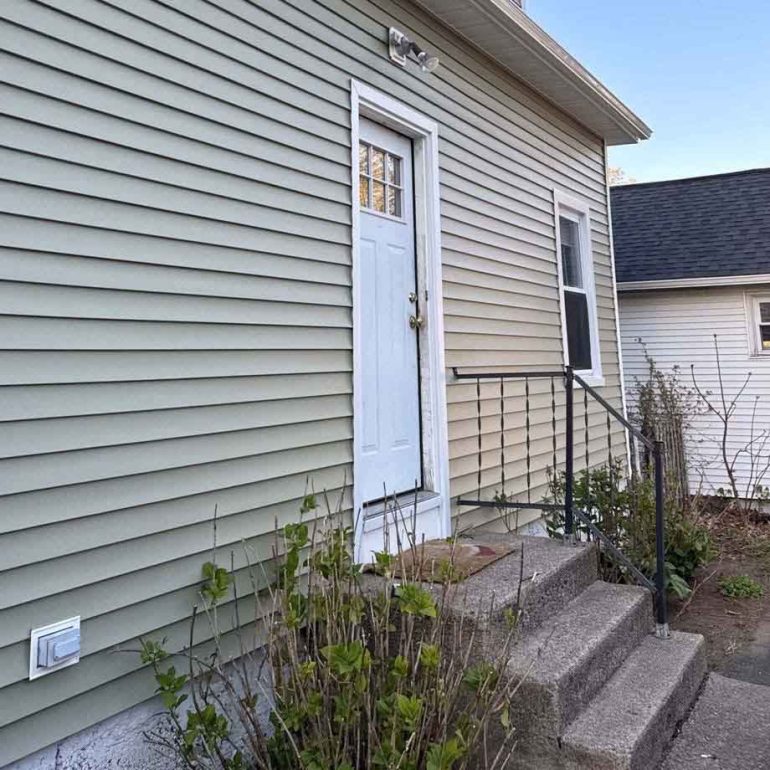When severe weather strikes your property, vinyl siding storm damage can leave homeowners facing significant repair costs and complex insurance procedures. Understanding how to properly document damage, file claims, and work with insurance adjusters is crucial for getting the coverage you deserve. Storm damage to vinyl siding isn’t just a cosmetic issue—it can compromise your home’s protection against the elements and lead to more serious structural problems if left unaddressed.
Professional assessment and proper claim filing are essential steps in the recovery process. 757 Exteriors INC, serving Cranston, RI and surrounding areas, specializes in storm damage assessment and repair services for siding, roofing, and gutters. With years of experience working directly with insurance companies, their team understands exactly what documentation and evidence adjusters need to approve claims quickly.
Understanding Vinyl Siding Storm Damage
Common Types of Storm Damage
Storm damage to vinyl siding manifests in several distinct ways, each requiring specific documentation and repair approaches:
- Impact damage from hail – Creates circular dents, cracks, or puncture holes
- Wind damage – Causes panels to buckle, warp, or completely detach
- Debris impact – Results in gouges, tears, or missing sections
- Water infiltration – Leads to warping behind loose or damaged panels
When Storm Damage Becomes an Insurance Matter
Not all siding damage qualifies for insurance coverage. Most policies cover “sudden and accidental” damage from covered perils like hail, wind, or falling trees. Gradual wear, maintenance issues, or pre-existing problems typically aren’t covered. The key is demonstrating that specific weather events caused the damage.
Insurance companies often require damage to affect a certain percentage of the home’s exterior or exceed the policy deductible to justify a claim. Understanding these thresholds helps homeowners determine whether filing a claim makes financial sense. Learn more about our comprehensive siding services
The Insurance Claims Process: Step-by-Step Guide
Immediate Post-Storm Actions
Document Everything Immediately Take extensive photos and videos of all damaged areas before any temporary repairs. Capture wide shots showing the overall extent of damage and close-ups revealing specific problems. Include timestamps and GPS coordinates if possible.
Contact Your Insurance Company Report the claim within 24-48 hours of discovering damage. Many insurers have specific timeframes for reporting storm damage claims. Have your policy number, the date of the storm, and a brief description of damage ready.
Protect Your Property Make temporary repairs to prevent further damage, but keep receipts for materials and labor. Take photos before and after temporary repairs to show what you’ve done to mitigate additional damage.
Working with Insurance Adjusters
Insurance adjusters will schedule an inspection within days or weeks of your claim filing, depending on the severity of widespread storm damage in your area. Be present during this inspection and consider having a professional contractor accompany you.
What Adjusters Look For:
- Consistent damage patterns indicating storm impact
- Damage that matches reported weather events
- Signs that damage is recent, not pre-existing
- Proper maintenance history of the siding
Learn more our professional siding installation services
💡 Expert Tip: Maximizing Your Claim Success
Always get a professional assessment before meeting with the insurance adjuster. Experienced contractors can identify damage that untrained eyes might miss and provide detailed estimates that support your claim. They understand how to present evidence in ways that insurance companies recognize and accept.
Documentation Requirements for Successful Claims
Essential Documentation Checklist
Pre-Storm Documentation:
- Recent photos of your home’s exterior
- Maintenance records showing proper care
- Previous inspection reports
- Installation dates and warranty information
Post-Storm Evidence:
- Time-stamped photos from multiple angles
- Weather service reports for your specific area
- Professional damage assessment reports
- Repair estimates from licensed contractors
Creating a Compelling Damage Report
Your documentation should tell a clear story connecting specific weather events to the damage on your property. Include meteorological data showing wind speeds, hail sizes, or other relevant weather conditions that occurred on the damage date.
Professional contractors can provide detailed reports that insurance companies trust more than homeowner assessments. These reports include technical terminology and industry-standard damage classifications that adjusters recognize immediately.
Explore our vinyl siding replacement options
Common Claim Denial Reasons and How to Avoid Them
Top Reasons Claims Get Denied
Insufficient Evidence Many claims fail because homeowners don’t provide enough documentation proving storm damage caused the problems. Generic photos without context or missing weather correlation often lead to denials.
Pre-Existing Condition Claims Insurance companies frequently argue that damage existed before the storm. Combat this by maintaining good pre-storm documentation and having professionals identify fresh damage characteristics.
Policy Coverage Exclusions Understanding exactly what your policy covers prevents surprises during the claims process. Review coverage limits, deductibles, and specific exclusions related to storm damage.
Strengthening Your Position
Work with contractors experienced in insurance claims who understand how to document and present damage evidence effectively. They can identify all affected areas and provide comprehensive repair estimates that insurance companies accept. Learn about our vinyl soffit siding services
| Claim Factor | Increases Approval Odds | Reduces Approval Odds |
|---|---|---|
| Documentation | Professional assessment, multiple angles, weather data | Poor quality photos, no weather correlation |
| Timing | Immediate reporting, quick documentation | Delayed reporting, gap between storm and claim |
| Professional Support | Licensed contractor involvement, detailed estimates | DIY assessment only, vague damage descriptions |
| Maintenance History | Regular upkeep records, recent inspections | No maintenance records, obvious neglect |
Working with Contractors During the Claims Process
Choosing the Right Contractor
Select contractors with specific experience in insurance claim work. They should be licensed, insured, and willing to work directly with your insurance company. Ask for references from recent insurance claim projects.
Red Flags to Avoid:
- Door-to-door solicitors after storms
- Demands for full payment upfront
- Promises to “cover your deductible”
- Reluctance to provide written estimates
The Contractor’s Role in Your Claim
Professional contractors serve multiple roles in successful insurance claims. They provide expert damage assessment, detailed repair estimates, and can communicate directly with adjusters using industry terminology.
Experienced contractors also understand which repairs insurance companies typically approve and can structure estimates accordingly. They know how to identify and document secondary damage that homeowners might miss.
Timeline Expectations and Follow-Up Strategies
Typical Claim Timeline
- Week 1-2: Initial claim filing and adjuster assignment
- Week 2-4: Adjuster inspection and initial assessment
- Week 4-8: Claim processing and coverage determination
- Week 8-12: Final approval and payment processing
Timelines can extend significantly in areas with widespread storm damage where adjusters handle numerous claims simultaneously.
Effective Follow-Up Techniques
Maintain regular contact with your claims adjuster without becoming a nuisance. Document all communications and keep detailed records of who you spoke with and when.
If your claim stalls, escalate through your insurance company’s hierarchy. Many companies have storm damage specialists who can expedite legitimate claims. Check out our board and batten vinyl siding options
FAQ Section
Q: How soon after a storm should I file my insurance claim?
A: File your claim within 24-48 hours of discovering damage. Most insurance policies require prompt notification, and delays can complicate the claims process or lead to denials.
Q: Will filing a storm damage claim increase my insurance premiums?
A: Weather-related claims typically don’t affect your rates the same way at-fault claims do. However, multiple claims over several years might impact your premiums or coverage availability.
Q: What if the insurance settlement doesn’t cover all repair costs?
A: You can negotiate with your insurance company by providing additional documentation or getting supplemental estimates. If significant gaps remain, consider hiring a public adjuster to advocate for your claim.
Conclusion
Successfully navigating vinyl siding storm damage insurance claims requires thorough documentation, professional support, and persistent follow-up. The key to approval lies in presenting clear evidence that connects specific weather events to the damage on your property.
Working with experienced professionals who understand both siding repair and insurance processes significantly increases your chances of claim approval and fair compensation. Don’t let storm damage compromise your home’s protection—take action quickly and document everything thoroughly.
🏠 Get Expert Storm Damage Assessment Today
Don’t let storm damage go unrepaired. Our experienced team at 757 Exteriors INC provides professional damage assessment and works directly with insurance companies to maximize your claim approval chances.
📞 Call (401) 583-6671
Serving Cranston, RI and surrounding areas





